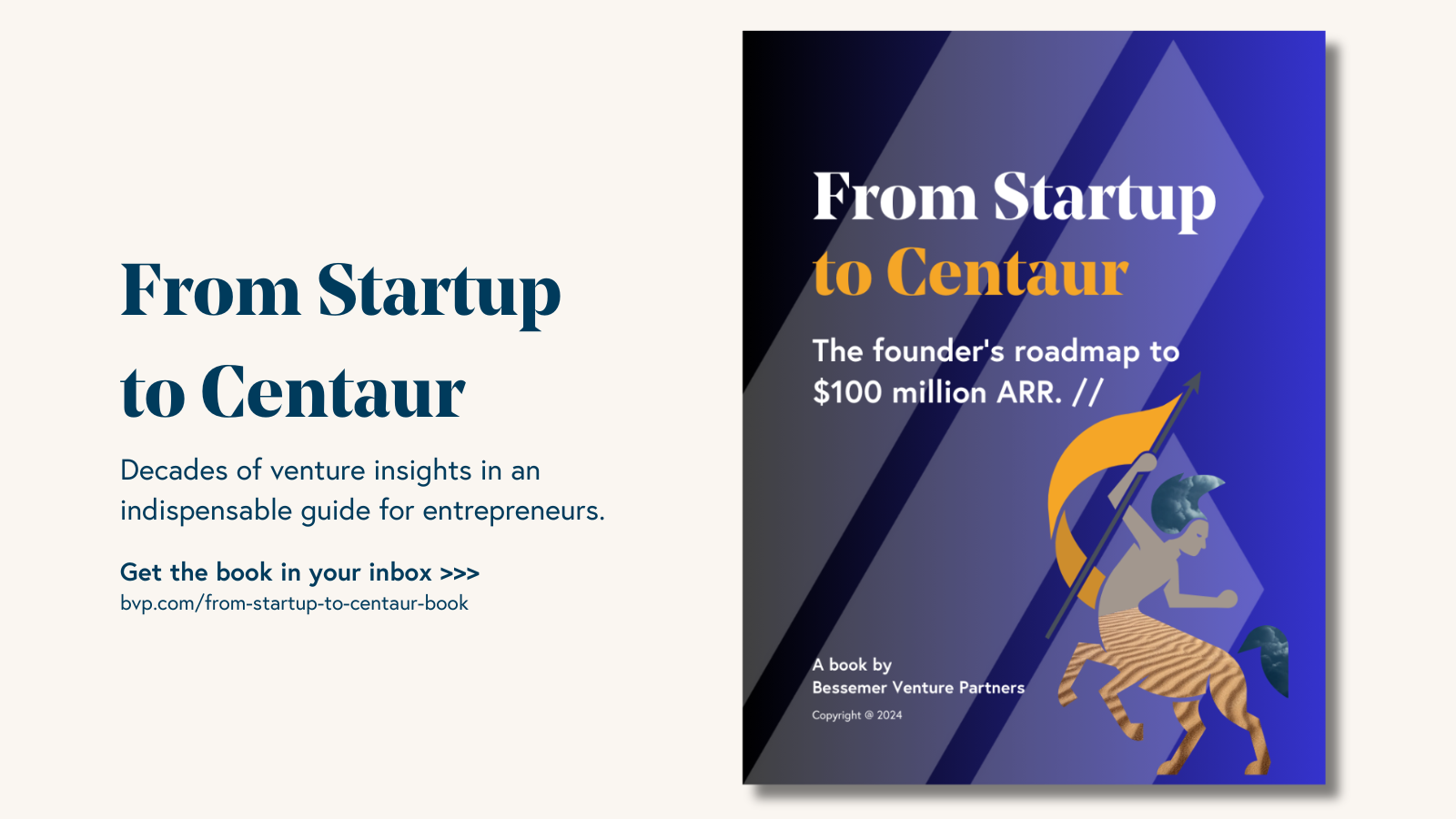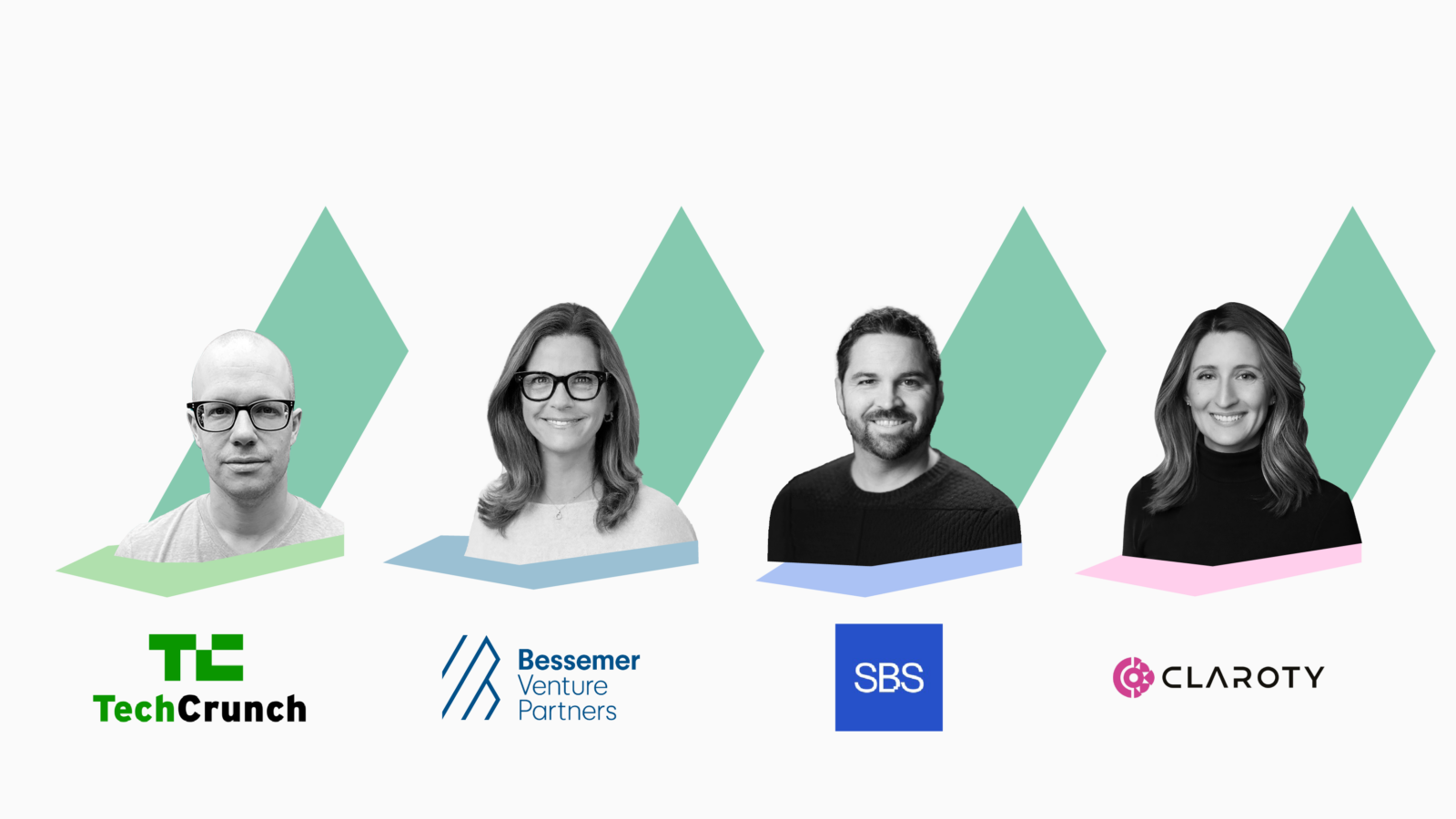Pinterest's Evan Sharp on the fundamentals of being a founder
Pinterest's co-founder explains the role of design when building a company and seven principles for customer-centric leaders.
In a small Palo Alto apartment, Evan Sharp started moonlighting as a co-founder for Pinterest, alongside Ben Silbermann in 2010. Nearly a decade later, the visual discovery platform has grown from a passion project into a public company, with more than 300 million users around the globe.
Silicon Valley considers Pinterest one of the most humanist and “design-centric” companies. Apple’s Jony Ive, for example, nominated Evan in WIRED as a technology leader who will shape the future of the internet for the next 25 years.
In this exclusive interview, Pinterest's co-founder and chief design and creative officer opens up on why keen emotional intelligence is essential when building a company.
“The greatest expression of any company will stem from a founder who understands oneself, their customers, and why the mission really matters,” Evan shares with Bessemer.
In explaining the essential role design plays when bringing a company’s mission to life, Evan Sharp offers incisive wisdom for entrepreneurs and seven fresh perspectives for customer-centric leaders.
Seek intrinsic motivation rather than external validation.
Despite being compared to social networks like Facebook, Instagram, and Twitter, Pinterest was never meant to be a social network built on connecting to others. Pinterest was built on helping people reconnect with themselves. “We have an ethical responsibility to create environments that let people feel empowered, inspired, and encouraged,” Evan has said.
During our conversation, Evan elaborates on this advice: "Most products reach only a fraction of their potential. That’s because many designers stop at extrinsic motivators like hitting goals, meeting deadlines, shipping to customers. It’s tempting to stop doing the work when we find something that works. To push past that, you have to be in touch with your intrinsic motivations.
“For example, at Pinterest, we worked on ‘discovery’ for eight years, despite users telling us we were all about ‘inspiration.’ Discovery is practical. It’s intellectual. But inspiration is a complex dynamic that’s deeply woven into each human being’s journey of being, becoming and belonging. It doesn’t stop at the intellect; inspiration is emotional and spiritual. When I opened up and listened to what my gut (and our users) had been telling me for years, I realized the way to honor people on Pinterest was to push past discovery and focus on inspiration. We had been fundamentally limiting our ambition.”
Today, Evan says he regularly repeats the company’s mission to himself and his teams: “to bring everyone the inspiration to create a life they love.” When Evan and Ben revealed the new mission to the company earlier this year, Evan detailed the reasoning behind every word.
“It never makes sense to delegate the mission to another team. Being a founder is about purpose and meaning. Of course, founders have strategic and operational responsibilities. But the most important role of the founder is fundamentally a spiritual one."
"It’s their responsibility to ensure that the spiritual essence of the company shows up with integrity throughout the product, brand and internal culture,” he explains.
Find the disciples of the why.
Designers tend to be more loyal to humanity than to any given company. They help the company articulate and express the mission. They sharpen a product’s focus by talking to users. They influence the brand and ensure there’s consistency across all experiences. With this in mind, Evan sees designers as “disciples of the why.”
Finding new team members can be a daunting task for any hiring manager, but here, Evan shares reliable best practices when expanding a team:
- Start with the work: “A great way to find the right designer is to find something that speaks to you and then figure out who designed it. Don’t just look at work—see it. If you email someone and say ‘I’m reaching out because I admire your work,’ you’re more likely to get a response as opposed to ‘I’m looking to hire.’ Designers are busy. They don't like email. And the nature of their work is rarely appreciated. The best way to hire is to make them feel truly seen.”
- Interview for ‘the why.’ Once Evan finds a designer whose work speaks to him, he dedicates a large part of the interview exploring Pinterest’s “why” with the candidate. ”I’ve found that designers are especially mission-driven and want to work on things that are meaningful to them. Designers are attracted to ‘the why’ even more than ‘the what’ or ‘the how.’ If a candidate doesn’t love the why, it’s probably best to move on. You need designers to be creative, and creativity is much easier when one is intrinsically motivated by the work.”
- Define ‘design’ early: "Before a founder says they want great design, they need to define what that means for them and break that term into its constituent elements. By design, do they mean mechanics? Dynamics? Systems architecture? Aesthetics? Storytelling? All of the above? Make sure you’re not using the word ‘design’ to cover up a lack of a more specific understanding of what you need.”
As a founder or manager welcomes new hires to a team, don’t be surprised if designers, like any new team members, experience the classic stages of group development. High performing teams grow from weathering storms and building shared norms together.
Practice ruthless prioritization.
In the early days of Pinterest, ruthless prioritization and focus were foundational skills that drove product development forward. “The first nine months of Pinterest were difficult. It was challenging to find product-market fit, and there are only so many hours in a week. So I tried to play the role of editor. It was essential to pick the ideas that were both good and executable by our tiny team,” Evan says.
"It was essential to pick the ideas that were both good and executable by our tiny team."
As Pinterest gained traction, the team struggling to scale with the influx of traffic. Because they didn’t want to risk delivering their users a slow or buggy experience, Evan and Ben instituted a virtual velvet rope where new users joined a waitlist before being welcomed onto the site. While it was built to give the engineers enough time to build a website that could scale with user demand, it had the effect of heightening excitement and making people more likely to tell their friends to join, increasing how much people talked about Pinterest with their friends.
“Scaling a team makes prioritization even more important,” Evan explains. "Imagine the creative act of cooking a meal for a few people. Then, imagine having to oversee a team cooking 100 million meals at once. That's what it was like to serve users on a massive scale. It requires an entirely different skill set, which we developed on the fly.” To this day, Evan and Ben stay grounded by prioritizing their company’s very first value, which is to “put pinners first.”
Spend time with users, not just user data.
"As much as possible, we ask teams to speak directly with Pinners, or at least watch videos of them talking. Seeing and hearing a human being's feedback—through their voice and their body language—is ten times more powerful than reading about them in a document.
"When you care about someone like we care about our users, you listen to them. Knowing what to solve for next is astonishingly simple at times because people tell you exactly what they want. It's our job to figure out the best way to deliver on those desires.”
When Pinterest initially got started, Ben and Evan’s target users were themselves. “Founders who build great consumer products aren’t following some secret playbook. Most of the major consumer internet products, such as Twitter, Facebook, Google, Instagram, Snapchat, all began as products their founders wanted to use themselves.” As Pinterest continues to grow, Evan actively builds for a more diverse set of users.
“As you scale, it can be easy to fall back on what you learned in the beginning: that your experience is a representation of what all users experience. That’s not true. Assumptions can cause you to miss big problems and opportunities. Listening to your users has to be the north star for any design team and any company.”
Representation is the first rule of customer-centricity.
Representation matters as teams digest customer data, Evan says. “Diverse perspectives—from both people on our teams and people using our products—are invaluable as we construct stories about why people are behaving the way the data shows they’re behaving. It’s hard to solve for the real problem if you can’t relate to someone’s real experience.
Representation matters as teams digest customer data.
“As diverse teams transition from storming to norming, we find that they’re the most effective and motivating teams to work on at Pinterest. Not only have they earned a deeper level of trust among their peers, but they also produce the best outcomes for our users.”
Fostering openness and diverse thought is a collective effort that must be encouraged by a company’s leadership. Evan emphasizes that founders are solely responsible for developing and evolving the company’s mission to ensure it’s representative, too. That’s one reason why Evan and Ben added “everyone” to Pinterest’s mission this year. They evolved it from, “help people discover and do what they love” to “bring everyone the inspiration to lead a life they love.”
Solve for the real problem versus the perceived one.
When Evan and the design team at Pinterest work to identify a problem, they’ve learned to go deeper than their first take. It’s easy to hear customer feedback, make an assumption, and jump into action.
But Evan warns of solving perceived problems instead of actual user problems. He shares a recent example:
“One of the biggest problems we tried solving at Pinterest is when people see a pin and they want to buy it. Years ago, we created a button so you could just click to buy natively and check out. But as we talked to people using Pinterest and watched them use the product, we realized it’s more nuanced than that. The real issue wasn’t native checkout, it was that when pinners saw something they loved, they also wanted to understand all their buying options. They wanted to consider all available options. That was an important lesson to learn as a team. Now, we’re focused on helping pinners be able to see items underneath a pin that closely match what they might want to purchase. If you’re not careful, it’s easy to solve a problem that makes sense in theory, but that your users aren’t actually encountering on a regular basis.”
To avoid hiccups like this, design and product leaders should challenge whether a decision is really solving a fundamental user problem. Evan suggests asking these questions before jumping to action:
- Is this a real problem people are having, or is that your perspective?
- Who are the people who have this problem?
- What evidence validates your hypothesis?
Qualitative storytelling and quantitative user data are tools to prove a point of view, but they're also pieces of evidence teams collect to confirm whether or not a team is successful in improving a product's holistic experience.
Finally, don’t mistake profits for prophets.
"It is my experience that our culture today, at least in the United States, tends to treat founders as a sort of prophets for how society should be shaped in the future, which I think is misguided and even dangerous,” he says.
As both a word of caution and a call to action, Evan challenges founders to be aware of the role they play in culture and society:
“Too many companies confuse ‘profit’ with ‘prophet;’ they confuse ‘winning’ with ‘meaning.'"
“What I care most about is that other founders and leaders are conscientious with how they spend resources and create space in their company to make a positive impact on the world. Not to change it, or disrupt it, but to try and improve it. If a founder doesn’t grapple and understand their impact, I have to ask—why do they really want to be in business?”
A huge thank you goes out to Jeremy Levine for introducing Atlas to Evan, which made this story possible. At Pinterest's IPO, Jeremy shared the backstory of how he first met Ben Silbermann and Evan Sharp and what inspired him to lead Pinterest's Series A.





